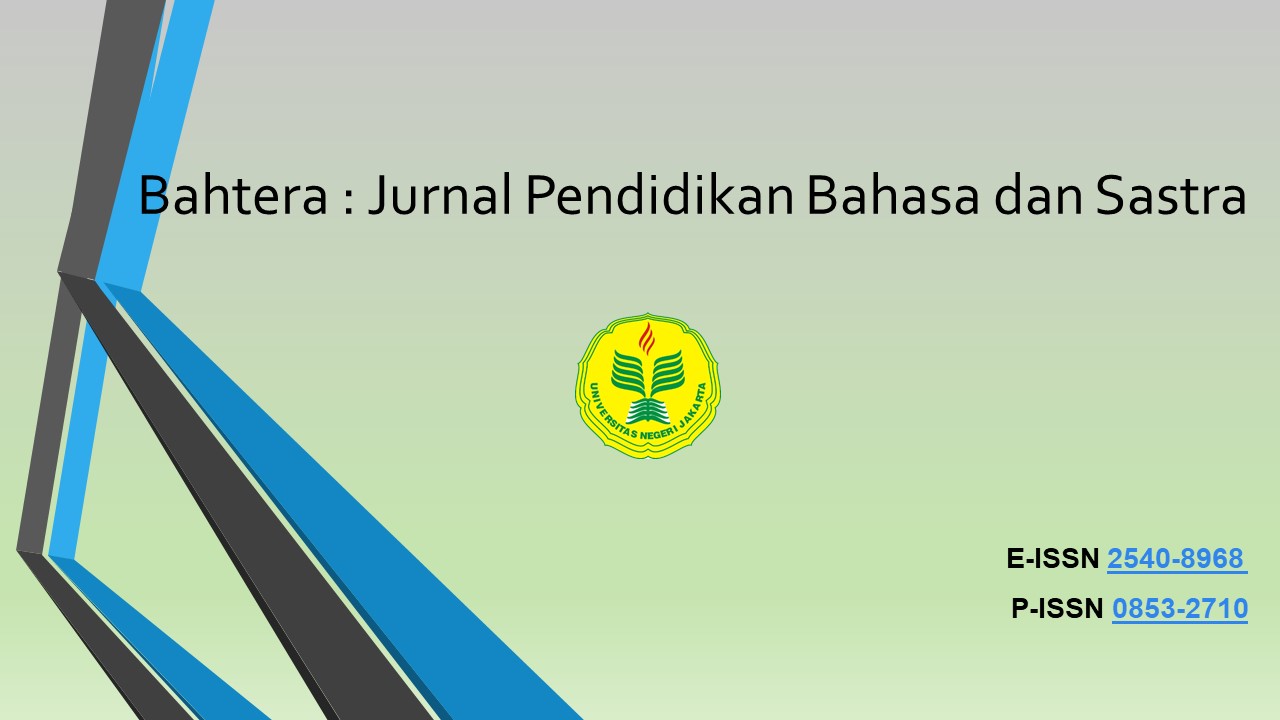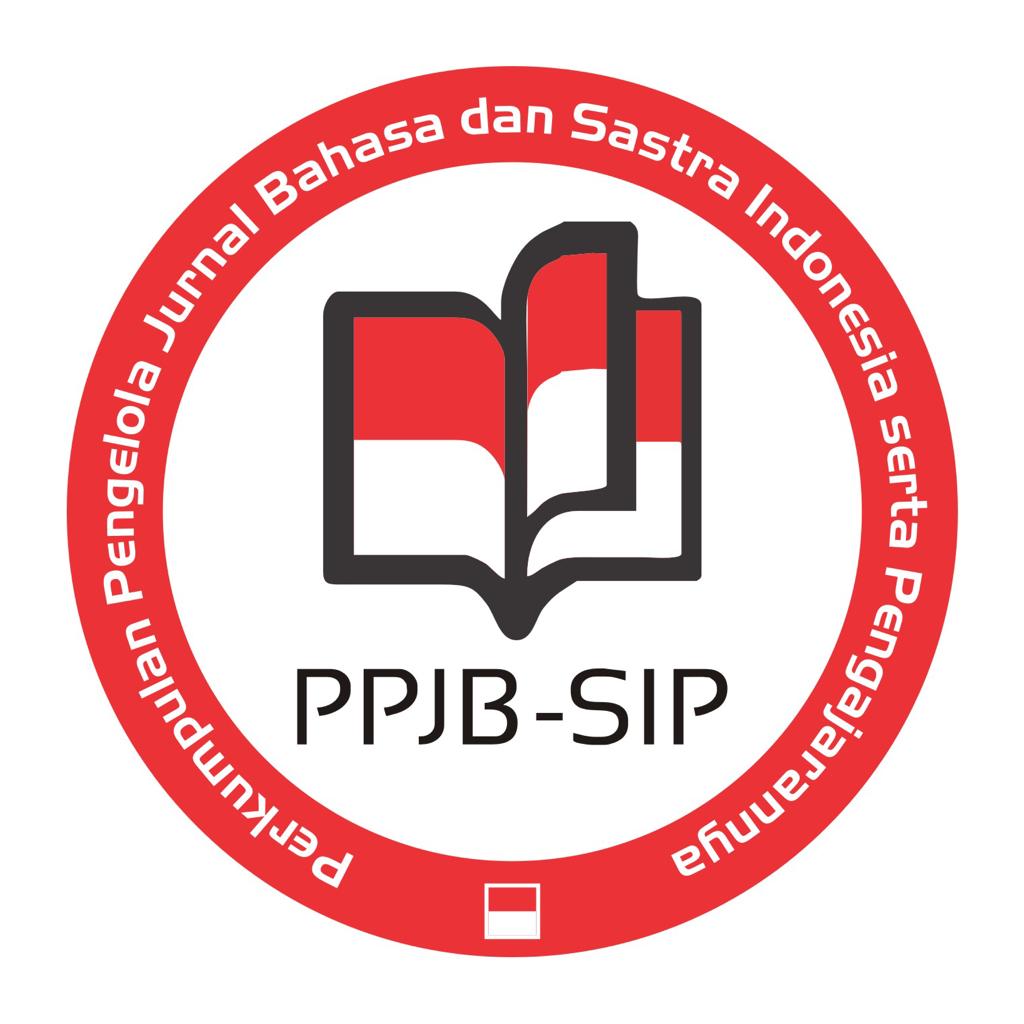A CRITICAL DISCOURSE ANALYSIS OF MOHAMAD NASIR’S SPEECH
DOI:
https://doi.org/10.21009/bahtera.192.05Keywords:
Critical Discourse Analysis (CDA); Indonesian Ministry’s speech; educational speech; National Education DayAbstract
ABSTRACT
Discourse is a unit of language in which its form is longer than a sentence including the vast majority of everyday communication; in addition, it ussually employes specific kinds of language as well as infromation structures to deliver specific purposes. In order to identify the structure and purpose of a discourse, the present research employed Critical Discourse Analysis (CDA) to analyze an educational speech in May 2nd, 2016 delivered by the Indonesian Ministry of Research, Technology, and Higher Education, Mohamad Nasir in the celebration of the National Education Day of Indonesia. The result of the analysis showed how the speech was constructed in form of macrostructure, superstructure, and microstructure revealed how the social power was used by symbolic elites to invite all parties in educational field to join together in reforming educational system of Indonesia to be better than what had been conducted by previous partisans in the past.
Keywords: Critical Discourse Analysis (CDA); Indonesian Ministry’s speech; educational speech; National Education Day
References
Halliday, M.A.K. 1985. An Introduction to Functional Linguistics. London: Edward Arnold.
Kusmanto, B., & Widodo, S. A. (2016). Pola kepemimpinan Ki Hadjar Dewantara. Jurnal Manajemen Pendidikan, 11(2), 17–28.
Nasir, M. (May 2nd, 2016). Pidato Menristekdikti. Retrieved from: https://ristekdikti.go.id/wp-content/uploads/2016/04/Sambutan-Hari-Pendidikan-Nasional-2-Mei-2016.pdf.
Parker, I. (1992). Discourse dynamics: Critical analysis for social and individual psychology. Washington: Routledge.
Permatasari, A. (April 28th, 2013). Perkembangan Pendidikan pada Abad 19. Retrieved from: http://andinipermatasari.blogspot.com/2013/04/bab-i-pendahuluan-a.html.
Pratini, T. (March 22nd, 2016). Kualitas Pendidikan di Indonesia. Retrieved from: https://www.kompasiana.com/tripratini3/56f0ddcc7097739808c6b62a/terpuruknya-kualitas-pendidikan-di-indonesia?page=all.
Tannen, D,, Hamilton, H. E., & Schiffrin, D. (2015). The Handbook of Discourse Analysis (Second Edition). New York: John Wiley & Sons, Inc.
Tresnady, T. (October 23rd, 2019). Pencapaian dan Kegagalan M Nasir saat Jabat Menristekdikti. Retrieved from: https://digilife.uzone.id/pencapaian-dan-kegagalan-m-nasir-saat-jabat-menristekdikti.
Universitas Padjajajran’s website. (2016). Hari Pendidikan Nasional, “Ayo Kerja, Inovatif, dan Kompetitif”. Retirieved from: http://www.unpad.ac.id/2016/05/hari-pendidikan-nasional-ayo-kerja-inovatif-dan-kompetitif/.
Van Dijk, T. A. (1980). The semantics and pragmatics of functional coherence in discourse. Journal of Pragmatics, 4, 233–252.
Van Dijk, T. A. (1993). Principles of critical discourse analysis. Discourse and Society, 4(2), 249–283.
Downloads
Published
How to Cite
Issue
Section
License
License & Copyright
This work is licensed under a Creative Commons Attribution 4.0 International License.










